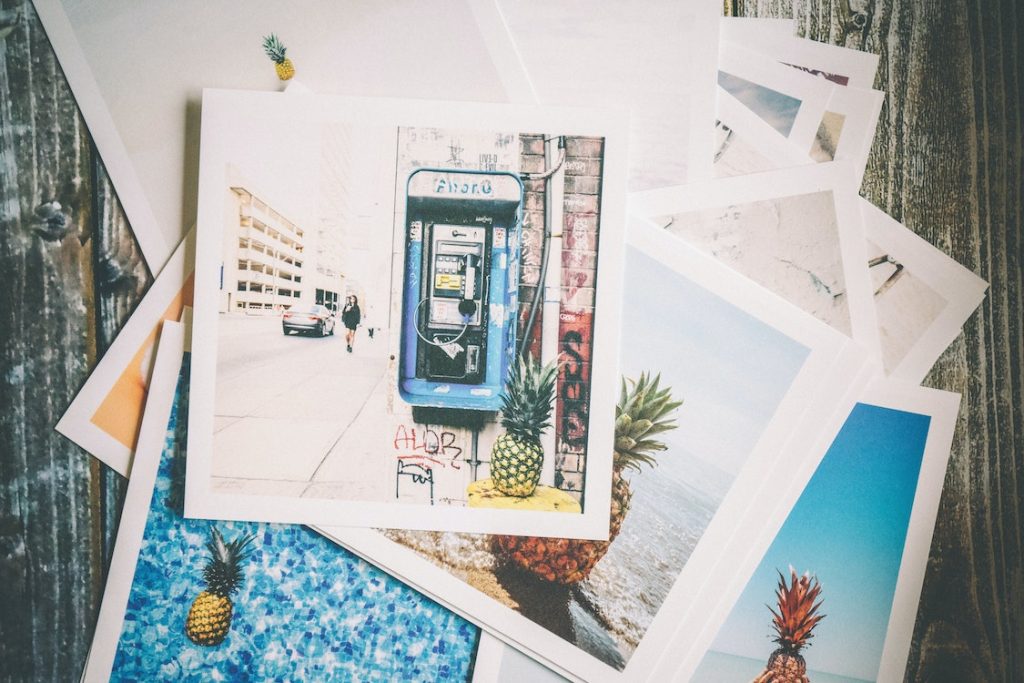From personalized apparel to transforming your living space, digital printing opens up endless possibilities. Read on to discover the most creative uses for this versatile printing technology.
Digital printing allows for shorter print runs and eliminates the need for costly printing plates. It also enables you to easily change and update information in your printed materials.
1. Custom Apparel
Digital printing, also known as direct-to-garment (DTG) printing, is a popular way for businesses to create custom apparel, like t-shirts and tank tops, for promotional merchandise or uniforms. Unlike screen printing, which requires time-consuming setup (exposing screens, mixing inks, setting up the press), digital printing uses an image file directly from a computer to print the design onto fabric using CMYK inks.
With no screen charges or setup fees, digital printing is a competitive alternative to screen printing for full-color short-run orders on 100% cotton apparel. The key is in the quality of the source image – a high-res source image with clear details will produce a sharp print. In addition, digital printing can be used on a wide range of fabrics including polyester, canvas and even some hard materials like ceramic tiles or wood. This versatility makes digital printing an extremely popular decoration method.
2. Custom Wall Murals
If you’re looking to transform a space with large-scale visuals, digital printing is the way to go. Unlike traditional printing methods, which require plating and other equipment, digital print bypasses this entire process, saving energy and reducing the impact on our natural environment.
Specialty media like photo paper, canvas and cast long-term vinyl provide different textures for wall murals that add visual interest to offices, meeting spaces and more. They also withstand the test of time and provide vibrant colors that are eye-catching.
To create a mural, start with the design ideation phase. Then select your images and text, ensuring that they are in the correct file format for high-resolution prints. Vector images work best, as they are clear at any size and can be scaled up or down without losing clarity. Also, ensure that the wall dimensions and tile overlap are accurate to avoid any errors during production.
3. Custom Labels
Whether you need colorful and creative labels to promote your products or simply want your brand’s logo to stand out on shelves, digital printing can provide the perfect solution. It allows for a lower minimum print run than conventional printing and provides the flexibility to make changes from one label to the next.
Digital printing works by reading a digital file that tells the printer what type, image, or text to print. The printer then applies an electrophotographic process that uses heated blankets to blend electronically charged particles into a smooth film. This is then transferred onto the label substrate, resulting in high-quality images and vibrant colors. With digital printing, there is no need for a plate, which can save time and money in the production process. Additionally, variable data can be printed, such as unique promotional codes or even names to create an engaging product scavenger hunt for your consumers.
4. Custom Packaging
Digital printing is a great option for creating customized product packaging. It doesn’t require the same preparation as traditional printing methods, which means it can be done much more quickly. This makes it ideal for creating short runs of custom packaging, as well as adjusting existing packaging quickly.
Additionally, digital printing offers greater color precision than other printing methods. This allows for more accurate and vibrant colors that will stand out on the shelf.
It also gives brands the ability to personalize their products by using variable data printing. This allows them to add things like a customer’s name or address to their product packaging, which can help build brand loyalty and connect with customers in more personalized ways.
5. Custom Signage
With digital printing, you can create large-scale signage to help communicate your brand. You can use it for anything from branded banners to illuminated wall signs. The options are limitless. A national company that offers large format printing services nationwide is one of the best options you can have.
Signage using digital printing allows for full color and a wide range of textures. It is also more flexible than traditional printing, allowing for changes to be made from one print run to the next. This is known as variable data printing, and it can make your company stand out from the competition.
Digital printing is a great choice for your custom signage needs because it offers high-quality visuals at a price that works with your budget. Contact Integrated Signs today for more information on how to incorporate digital printing into your marketing strategy. You’ll love the results!
6. Custom Invitations

Digital printing, or flat printing as it is also called, can print any number of colors for the same cost and is great for graphics with lots of color (like a watercolor illustration). It is also a good option if you want to incorporate gold elements into your invitations since real foil stamping or engraving can be expensive.
The speed of digital printing is also an advantage for short-run printing jobs like triggered direct mail. These are pieces that are printed and mailed when a consumer has a specific reaction to your marketing.
To add a little extra to your invitations, consider using a dip dye or blind embossing process. These involve coating the paper with a colored dye leaving a pattern behind, or simply leaving an impression without any ink which is referred to as a blind deboss and only counts as one color when pricing.
7. Custom Postcards
Postcards are a great way to promote your business, update customers on new products, or announce special promotions. They also make for great gifts! You can use an app like Canva to easily create a one-of-a-kind postcard.
Digital printing can also be used for variable data printing (VDP), which is when text, graphics, or images are changed from print piece to print piece based on information stored in a database or external file. This is especially useful for direct mail or other marketing campaigns that require mass mailings with a personalized touch.
Unlike traditional printing methods that require plates and films to produce prints, digital printing is a much more environmentally friendly solution. This means fewer wasted materials, lower emissions, and greater flexibility for you and your clients. It can even be used on non-paper materials like textiles, ceramics, and wood.
8. Custom Business Cards
Digital printing is a powerful tool that can be used to create custom business cards. With its ability to print on a wide range of media and sheet sizes, it’s possible to produce high-quality business cards that are sure to leave a lasting impression on potential clients.
One of the most important aspects of a business card is its ability to convey a company’s logo. Fortunately, digital printing offers the ability to create high-resolution logos that can be printed on custom business cards.
In addition to offering a wide range of creative possibilities, digital printing is also environmentally friendly. Compared to traditional printing methods, digital printing uses less ink and reduces waste by eliminating the need for plates and trial runs. It’s an ideal solution for businesses looking to make a positive impact on the environment.
9. Custom Stickers
Although e-marketing is getting all the hype, physical marketing remains one of the most effective forms of local outreach. Digital printing services can help you bring new ideas to this traditional form of branding and advertising.
Custom stickers can be a great way to advertise your business. With digital printing, you can create high-resolution labels that will provide excellent adhesion and legibility. Plus, since digital printing does not require a manual setup, you can have your stickers printed quickly and easily.
In addition, digital printing can be used to print personalized graphics and text on products and packaging. This allows businesses to engage 1:1 with customers, which can lead to increased sales and brand loyalty. Plus, many types of digital printing are non-toxic and odorless, making them perfect for food packaging applications. This can improve product safety and compliance with FDA regulations.
10. Custom T-Shirts
Just like a printer takes an image from a computer and prints it on paper, digital printing can take the same concept and print it directly onto fabric. This allows businesses and individuals to create unique, custom t-shirts that can connect with their audience in a way that traditional printed materials can’t.
This process, called direct-to-garment (DTG), is ideal for orders of a small quantity, and it can be used to print any type of design – from a photo to a logo to an illustration. The quality of the image can also be adjusted from one piece to another, which is an important feature for companies that want to customize their printed materials for each customer.
Make sure your t-shirt designs are in vector format, and follow the printer’s specific guidelines for file types and colors to ensure quality results. Then, lay your t-shirt on a flat surface and iron it according to the transfer paper’s instructions.




